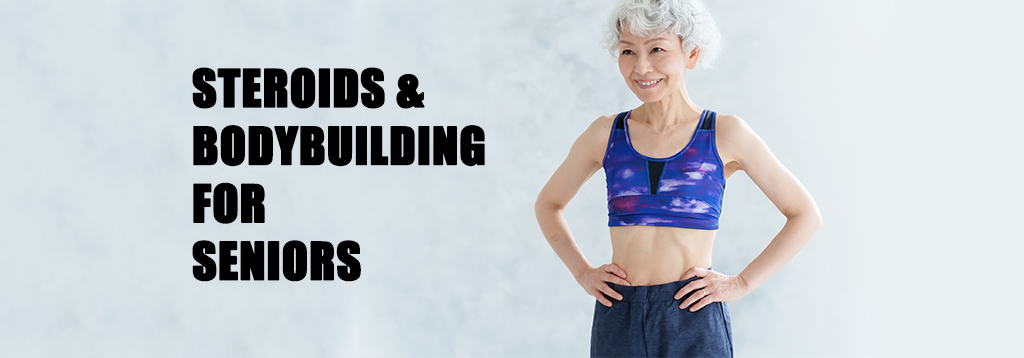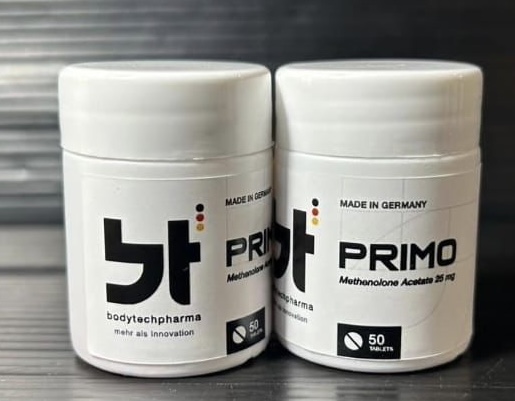
Can and should senior citizens build muscles?
As the world of bodybuilding changes, so too does its audience. Nowadays, you don't need to be in your prime or early-thirties like Arnold Schwarzenegger, for people who enjoyed watching him on TV years ago can get started with training now and have fun doing it! Senior citizens also make up a growing percentage (7%)of those taking part; some even compete without any restrictions as long they haven't had any injuries beforehand.
Why should senior citizens be prevented from getting in shape?
Aging is not necessarily an absolute indicator of poor health. More and more people start their fitness journey early to maintain or even improve their quality of life as they age well into old age! However, senior bodybuilders can still succeed by following simple guidelines: talk truthfully about your condition(s) with doctors before beginning any program.
Basic bodybuilding principle
According to the National Institute for Fitness and Sport, bodybuilding emphasizes aesthetics than function. It'sIt's not about how much weight you can lift but what it looks like when your muscles are strained with effort or contraction; this includes the size of muscle groups and shape/definition.
Bodybuilding is more than just a sport. It'sIt's also an art form.
The goal in this activity should always remain within achieving hypertrophy (size) through training - which means there are many different ways one could go about doing so, such as high reps with light weights, etceteras
Hypertrophy is the process in which you build muscle. It's essential to remember that it can take time and good nutrition habits. Still, with consistent training, your growth rate may vary depending on what kind of person they are according to their genetics and other factors such as sex (male vs. female).
According to the American Council on Exercise (ACE), people can grow their muscles with enough time in both mental and physical fitness. However, some factors like genetics may determine how fast this process happens for an individual - meaning they could have slower or more rapid growth rates depending.
Building muscles for seniors
Lifting weights is good for your health, even if you don't plan on becoming a bodybuilder. However, losing muscle mass with age can be discouraging and may affect one's quality of life as they get older - it starts around 50. Still, according to the Cleveland Clinic, some people start losing their strength earlier or later than others depending on how active they were in their younger days, which affects everyone by about 75 years of age.
Awareness: It'sIt's never too late to invest time into staying physically healthy! Even though most individuals think this condition only occurs after 60 when we begin experiencing loss of strength and muscles.
For many people, their body goes through changes as they age. One of those is that muscles can become less strong and even begin losing function over time due to atrophy or shrinkage, which usually starts after the age of 30s. But there's good news! The Journal of Strength and Conditioning Research(1) published a fascinating study in which they analyzed the effects that resistance training has on older adults. The researchers found some surprising facts about this population group: muscles seem more durable than bones!
This discovery means it will take less effort for them gym-goers who work hard to keep up their physical shape over time because age may bring limitations such as weakened joints or reduced muscle mass due to illness/injury. However, these conditions do not impede one's ability to perform daily tasks unless one takes specific steps.
A properly designed training program can improve an older adult's muscular strength and power and improve mobility. In addition, it is often used to help people with physical disabilities live more independent lives by allowing them to participate in activities like eating meals independently or taking medications without assistance from others.
Additionally, a properly-designed fitness program also improves balance which leads not only reduces fall rates but makes daily living easier!"
The World Health Organization defines good health as "a state of complete physical, mental and social well-being." Achieving this requires being active and eating right, and getting enough sleep. The Good Samaritan Health Solutions(2) considers exercising 2 to 3 times per week at 70% - 85% intensity levels for major muscle groups with multi-joint exercises such as lunges or step-ups, among others that can be included in your workout routine, depending on what works best for you. They recommend doing these twice weekly if possible because it promotes muscular fitness while reducing risk factors like obesity-related illnesses, which is essential no matter who we are!
If you are new to the world of bodybuilding, take it slow and gradually ramp up your exercise routine. Building muscle takes time! Don't try pushing yourself too hard in these first few sessions - take it easy so that any injuries don't happen before they've had a chance to heal from what is already there naturally.
Bodybuilding is a fantastic sport that can make you look and feel great. It'sIt's also a lot of fun! But it takes some time to get into the habit, so don't try anything too crazy at first
The American Academy of Orthopaedic Surgeons(3) recommends a simple start: working on each muscle group twice per week and giving the groups time to recover between workouts. For example, do 8-12 reps for arm exercises, 12 squats, or lunges with light weights. Then, if you can do them all without getting tired, increase weight as necessary!
Nutritional intake for bodybuilding
Nutrition is crucial to building muscle. According to Cleveland Clinic, protein may be the most vital macronutrient for sheer mass, but carbs should also fuel your workout and exercise. These are found in protein shakes or simple carbohydrates like sugar and through vegetables such as spinach with eggs for breakfast every other day of the recovery week (shown time after time by researchers at Harvard Medical School).
A mix of whole grains/vegetables plus some pasta can help keep you feeling full while doing everything from cardio sessions before moving onto weight workouts later on during a bulking phase.
A 2014 study in the Journal of International Society of Sports Nutrition recommended that most bodybuilders — no matter their age— benefit from eating 2.3- 3g per kg lean body mass per day of protein. Additionally, they should consume carbs 45%-65+ protein with fat levels ranging between 20 -30 percent for optimal performance!
The research also said that eating three to six meals per day can maximize potential benefits. The number of times you eat may make a difference, too--eating more than six small snacks throughout your workout would seem like overkill, according to this newest information from scientists who are looking into how we get stronger through exercise!
When looking at supplements for bodybuilding, make sure you have a clear understanding of the effects and potential side effects. This will help ensure that your experience with these products is enjoyable!
Creatine monohydrate, caffeine, and beta-alanine are beneficial for prepping up in contests. However, more research is needed on others that can help with contest preparation or those who need it most. It may also be a good idea to take casein (a type of milk protein) together with whey supplements since both types contain amino acids, which are necessary ingredients when building muscles!
There are many ways to get your daily dose of protein without adding unnecessary bulk. Great options include boneless, skinless chicken breast with 27 grams per serving. Greek yogurt has 11g of this essential nutrient in every half cupful (or 125mg/2 tablespoons). Canned tuna packs 20 gms into each 3-ounce portion!
There are also plenty of plant-based protein options for you if being vegetarian makes eating healthy difficult. For example, edamame has 9 grams in every half-cup serving, lentils also have 8g per head, and split peas offer seven grams worth of protein!
Bodybuilding safety for senior citizens
It's essential to get medical clearance before starting a bodybuilding program, notes the American Academy of Family Physicians(4). Those with pre-existing conditions should listen closely and stop if they feel anything other than motivation in their exercise routine. 60-year-old athletes can still build muscle but will not increase endurance as quickly because there are certain risks associated though the aging process - nevertheless, it is possible!
You might feel some muscle soreness as you begin to increase your bodybuilding program, such as lifting heavier weights. According to the American Council of Sports Medicine(5), delayed onset muscle soreness typically develops between 12 and 24 hours after working out; it usually peaks 24-72 hours later. If you're experiencing muscle soreness or pain, icing the area can help reduce it. Massaging your muscles and taking over-the-counter relief medications also helps!
If you have been training and see signs of muscle soreness, be cautious. Sharp pains that prevent moving a body part or decrease range-of-motion should not be ignored because this may indicate an injury has taken place, resulting in long-term complications like joint damage if left untreated.
Contact a doctor immediately if you notice any of the following warning signs: pain was previously injured yourself or had surgery; swelling accompanied by severe and unrelenting discomfort in one specific area (i.e., intense burning sensation). Additionally - if your symptoms worsen after several days with relief measures used, such as bandages applied around certain body parts--then this might be an indication something more serious may exist!
References:
https://pdfs.semanticscholar.org/e10c/6256f51b1123771806 8f5324cd53109b07ce.pdf
https://gshs.org/multi-joint-exercises
https://orthoinfo.aaos.org/en/staying-healthy/seniors-and-exercise-starting-an-exercise-program/





